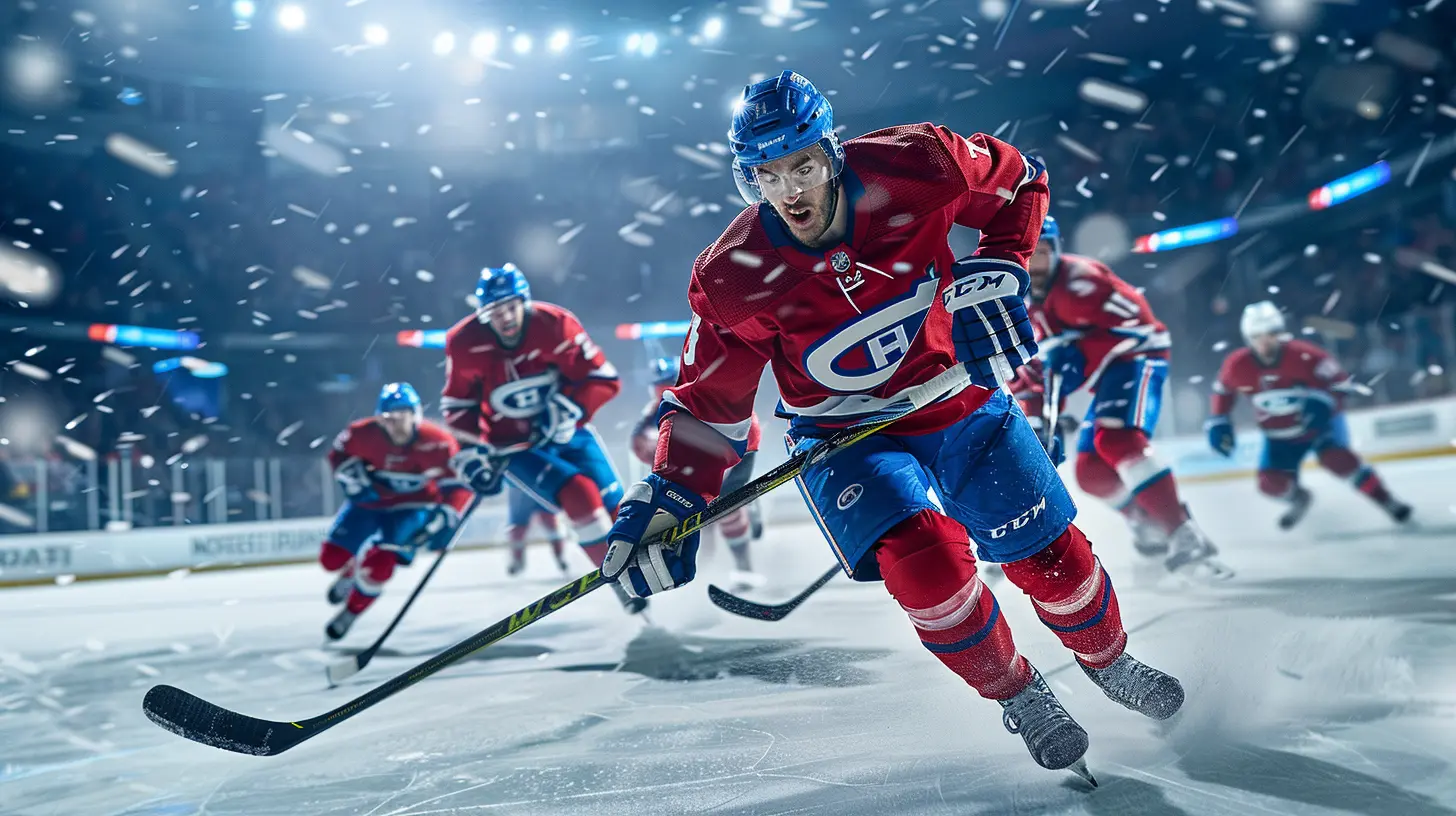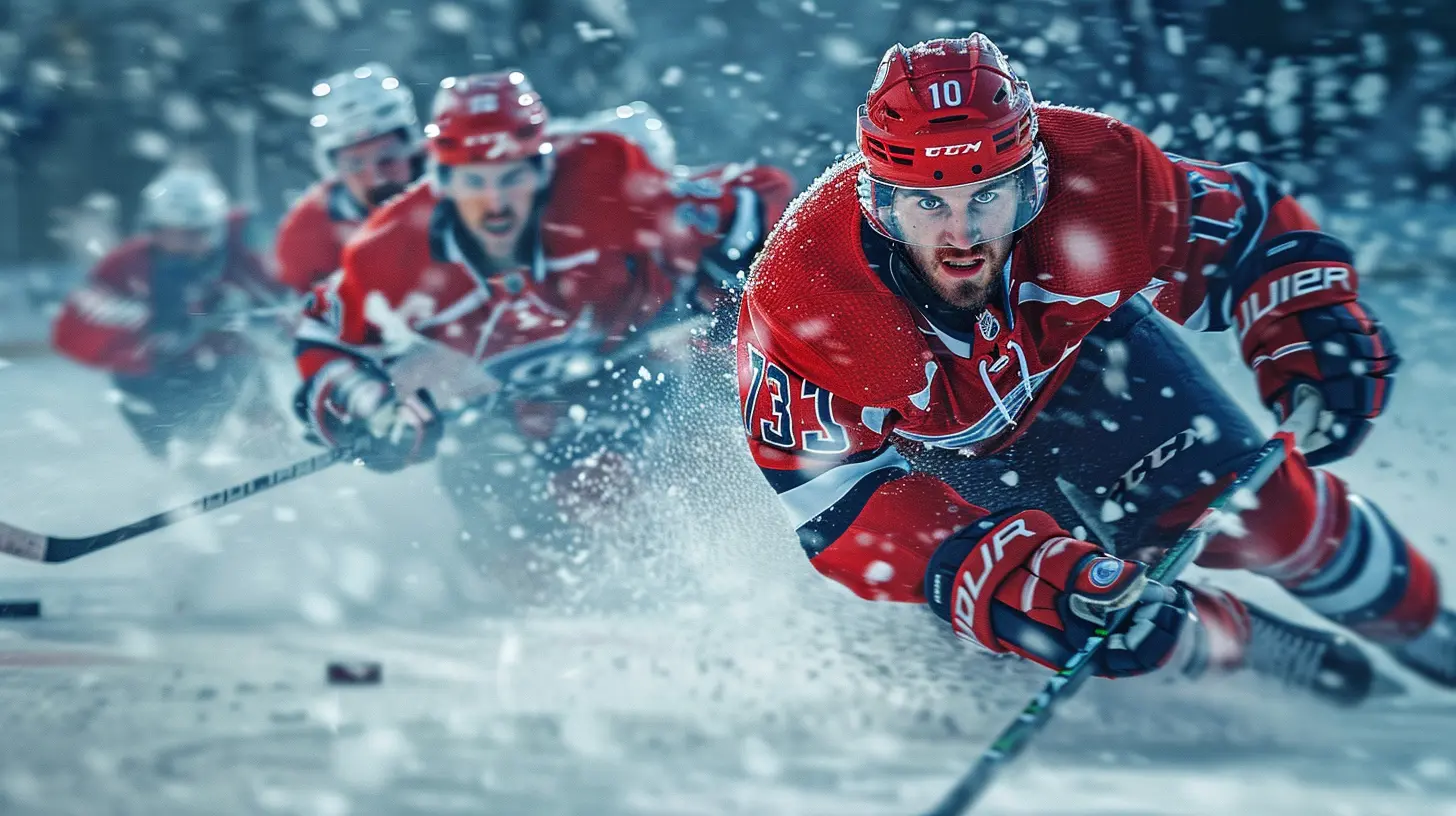The Impact of Rule Changes on the Speed and Flow of Hockey
30 October 2025
Hockey is a game of speed, skill, and strategy. Over the years, rule changes have played a massive role in shaping how the game is played. Some tweaks have made it faster, while others have aimed at keeping the game flowing more smoothly. But have these changes really improved the sport, or have they altered its essence? Let’s break it down and take a closer look at how rule changes have impacted the speed and flow of hockey. 
How Rule Changes Shape the Game
Hockey has always been a fast-paced game, but several rule modifications have made it quicker and more fluid over time. The NHL, in particular, has continually adjusted its rulebook to enhance the speed of play while ensuring fairness and safety.Some changes have been subtle, while others have dramatically altered the way the game is played. From eliminating the two-line pass rule to adjusting icing calls, each adjustment has had a noticeable impact on the sport.
Let’s break down some of the most significant rule changes and how they have influenced hockey’s speed and flow. 
The Elimination of the Two-Line Pass Rule
One of the most influential rule changes came in the 2005-06 NHL season when the league eliminated the two-line pass rule. Before this change, a player could not pass the puck from their defensive zone past the center red line without it being called offside. This restriction limited long breakout passes and slowed down transition play.By removing this rule, the NHL opened up the ice, allowing for quicker transitions and more breakaway opportunities. Suddenly, teams could execute stretch passes that sent players into the offensive zone at full speed. The result? A much faster game with more end-to-end action and fewer stoppages.
If you love fast hockey with quick rushes up the ice, thank this rule change for making that possible. 
Hybrid Icing: A Faster and Safer Alternative
Icing has always been a crucial part of the game, but it used to come with a dangerous downside. Before 2013, players would race to touch the puck first on an icing call, often resulting in violent collisions along the boards.Enter hybrid icing—a rule change that allows officials to call icing based on which player is leading the race at the faceoff dots rather than waiting until they touch the puck. This adjustment has preserved the competitive race for the puck while reducing the number of high-speed crashes.
The impact? The game keeps moving without unnecessary injuries, making play both safer and smoother. 
The Crackdown on Obstruction and Hooking
Remember the clutch-and-grab era? For years, defenders would slow down speedy forwards by hooking, holding, and interfering with their movement. While this helped defensive teams control the pace, it dragged the game down, reducing scoring chances and frustrating players and fans alike.After the 2004-05 lockout, the NHL decided enough was enough. Officials were instructed to crack down on obstruction, calling penalties for hooks, holds, and interference more frequently.
The immediate result? Players could skate more freely, leading to quicker plays, more offensive creativity, and increased scoring chances. Today, the game flows much better without the constant grabbing and hooking that once plagued it.
Smaller Goalie Equipment Leads to More Scoring Chances
Goalies today are supremely talented, but their equipment has also played a role in reducing scoring opportunities. Over the years, goalie pads, gloves, and blockers became larger, covering more of the net and making it harder to score.To counteract this, the NHL has introduced regulations reducing the size of goalie equipment, particularly in 2013 and again in 2017. With less padding covering the net, shooters have more room to aim, leading to more goals and faster-paced, high-scoring games.
This change doesn’t necessarily increase the speed of the game itself, but it does enhance the flow by making offensive plays more rewarding and exciting.
3-on-3 Overtime: The Ultimate Speed Boost
One of the most fan-friendly rule changes in recent years was the NHL’s decision to introduce 3-on-3 overtime in 2015. Traditional 4-on-4 overtime was already quick, but reducing the number of skaters by one made the game even faster.With more open ice, players now have more room to maneuver, creating thrilling breakaways, odd-man rushes, and incredible passing plays. The result? Fewer shootouts and a wildly entertaining end to close games.
If you’ve ever found yourself on the edge of your seat during a 3-on-3 overtime, you know just how much this rule has improved the flow and excitement of the game.
Delayed Offside and Tag-Up Rule Keeps the Game Moving
Offsides are necessary to keep the game fair, but they can also slow things down. Before 2005, a delayed offside would result in an immediate whistle, stopping play altogether. This often disrupted offensive momentum and led to unnecessary stoppages.The introduction of the tag-up rule allowed players to leave and re-enter the offensive zone without stopping play, as long as all skaters cleared the zone first. This adjustment keeps the game flowing, reducing stoppages and maintaining the pace of play.
It’s a small change, but one that makes a huge difference in the speed and rhythm of the game.
Faceoff Rule Adjustments: Keeping Play Moving
Faceoffs are essential to the game, but constant delays caused by faceoff violations can slow things down. In recent years, the NHL has made stricter rules regarding faceoff positioning, speeding up the process and ensuring fewer re-drops.Additionally, the 2017 change that gave the defending team the choice of a faceoff dot in their zone allowed for quicker puck movement and better transition play.
Every second counts in a fast-paced game like hockey, and even small tweaks like these contribute to a smoother flow.
The Future of Rule Changes in Hockey
Hockey is always evolving, and rule changes will continue to shape the way the game is played. The NHL constantly looks for ways to keep play fast, exciting, and fair.Could we see further tweaks to overtime? What about additional changes to offside challenges to prevent unnecessary delays? As technology and player speeds continue to advance, the league will need to adapt and find the right balance between tradition and innovation.
One thing is for sure: as long as the NHL keeps evolving the rulebook to enhance speed and flow, hockey will remain one of the most electrifying sports on the planet.
Final Thoughts
Rule changes have dramatically improved the speed and flow of hockey. From removing the two-line pass restriction to implementing hybrid icing and cracking down on obstruction, these adjustments have made the game more exciting and enjoyable for players and fans alike.While traditionalists may resist changes, most rule modifications have been designed to enhance the sport rather than take away from its core identity. And as hockey continues to evolve, we’ll likely see more adjustments aimed at making the game even faster and more dynamic.
So, whether you’re a die-hard fan or a casual viewer, one thing is certain—hockey is faster and more thrilling than ever before!
all images in this post were generated using AI tools
Category:
HockeyAuthor:

Preston Wilkins
Discussion
rate this article
1 comments
Cadence Stevens
This article provides valuable insights into how recent rule changes have transformed hockey's pace and dynamics. By prioritizing player safety and enhancing offensive play, these modifications not only increase the excitement on the ice but also reshape team strategies and fan engagement. Great analysis!
October 30, 2025 at 12:18 PM

Preston Wilkins
Thank you for your thoughtful comment! I’m glad you found the analysis insightful and appreciate your engagement with the article.


